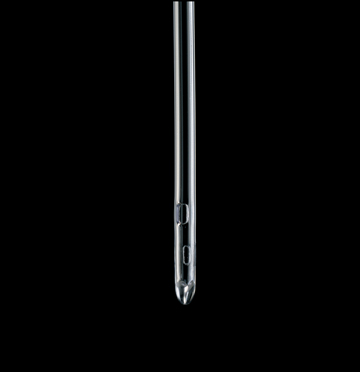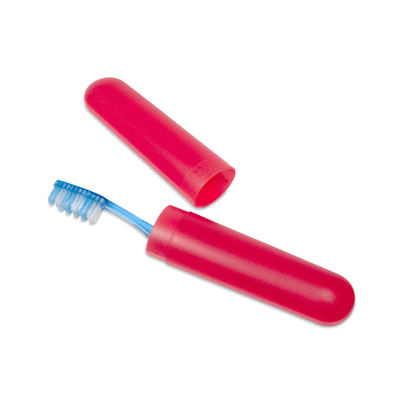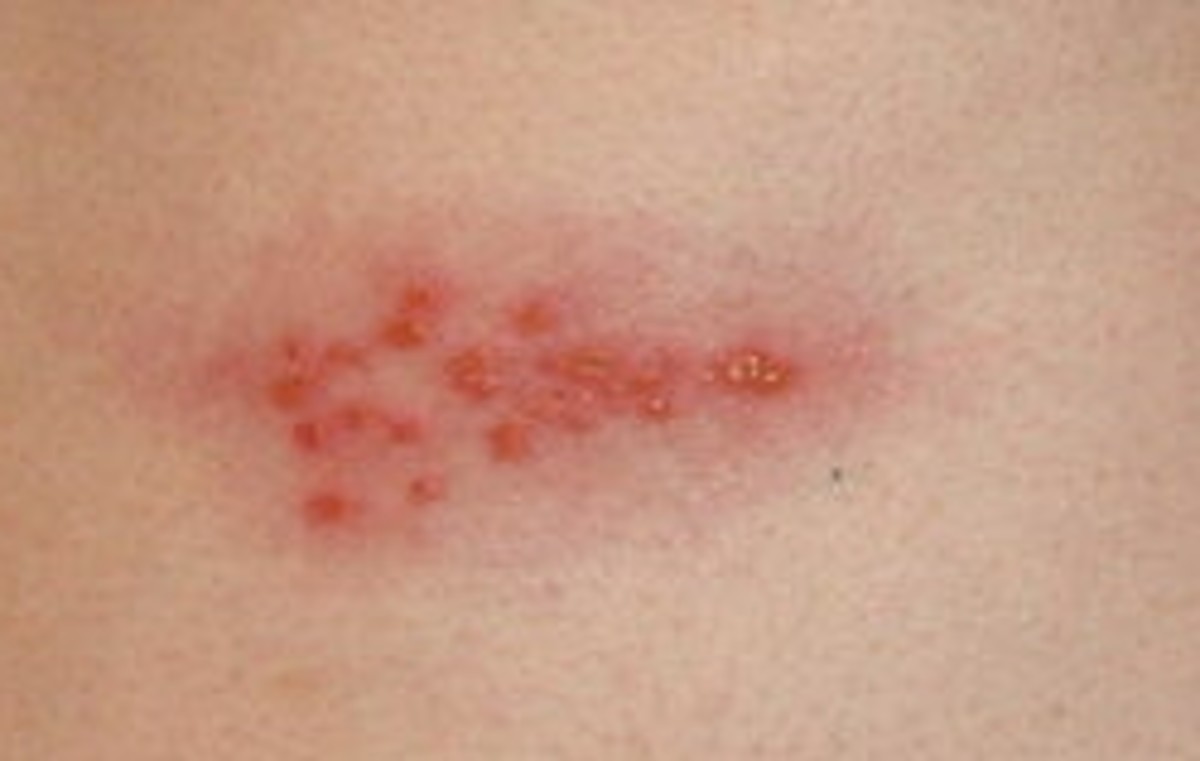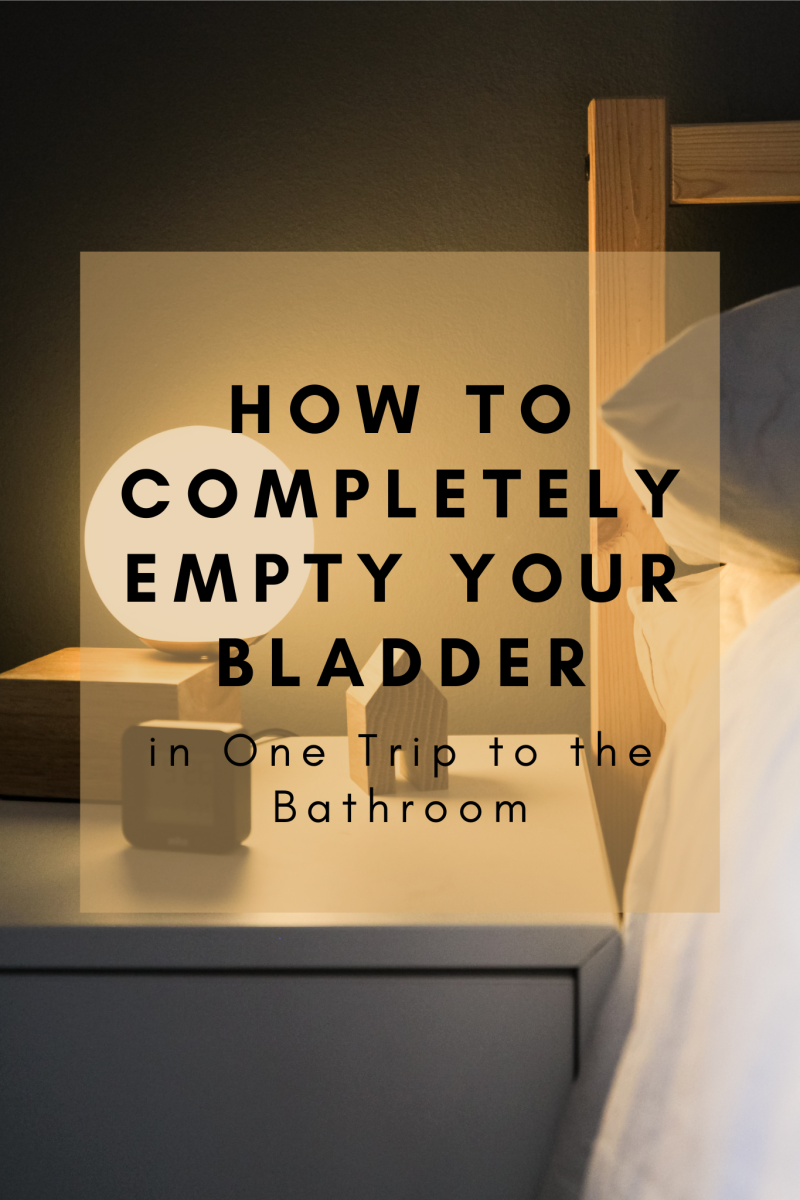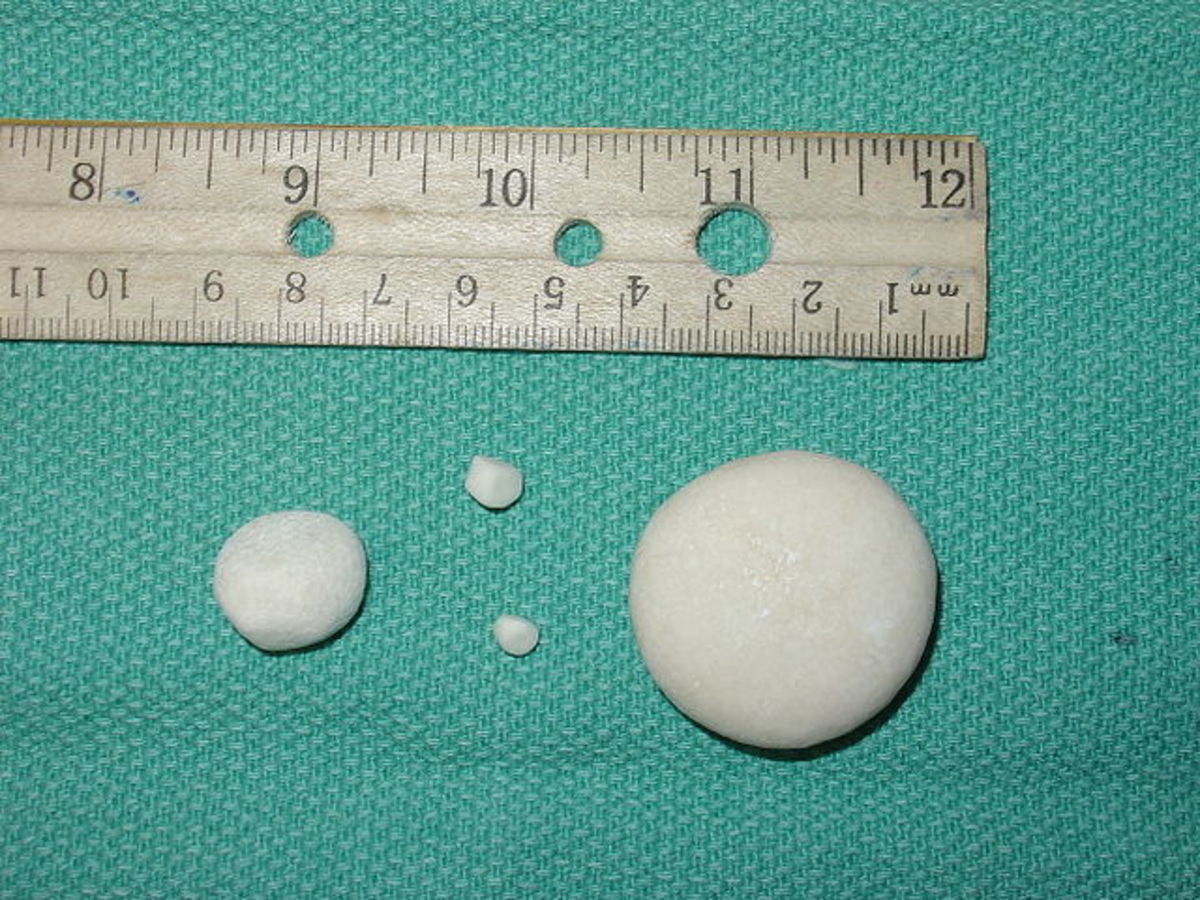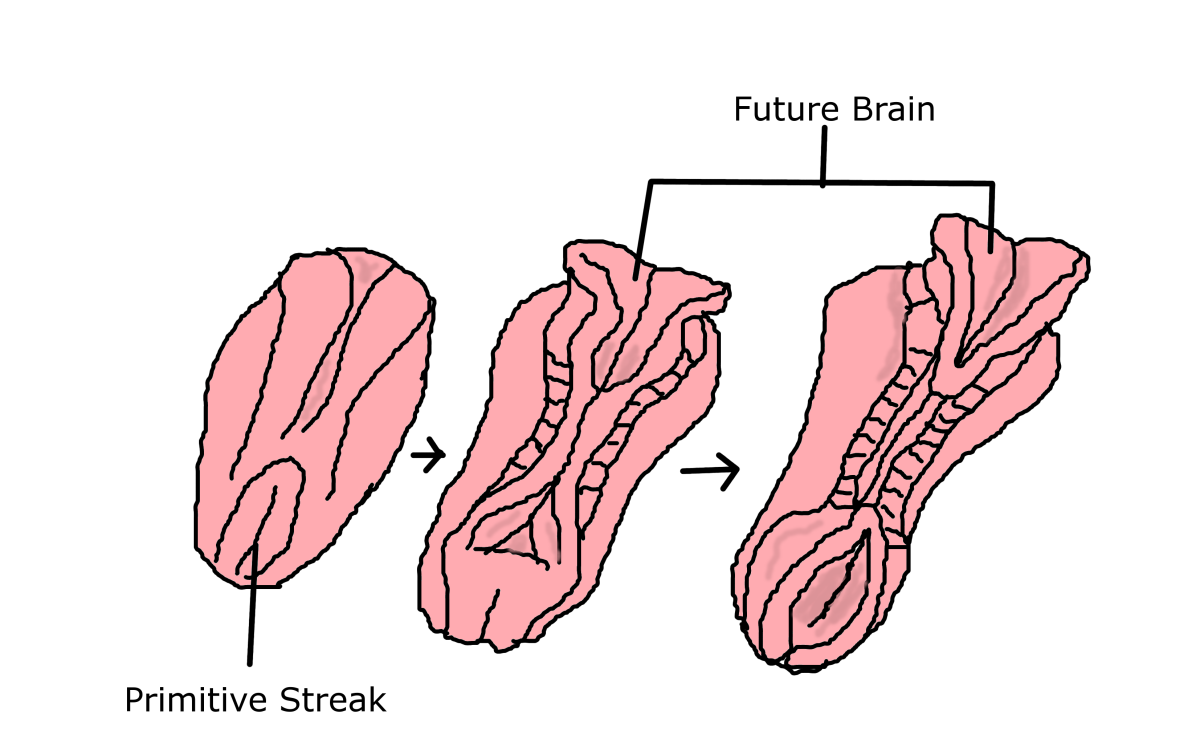Women Who Self-Catheterize Daily
My real reason for writing about this rather unusual, and in the mind of some even somewhat unpleasant subject, is to enlighten those who may be suffering with the same unusual symptoms and are wondering whether or not to see a physician. I have shared my experience with a total of three people outside my immediate family. Days of internet research resulted only in fragments of practical lay information.
My searches were in vain, revealing nothing that I could apply to my daily life. A distended bladder is a condition that is quite simple to understand. The difficulty lies in how to live with it on a day to day basis. So, with all that said, and now with many years experience of self-catheterizing, I decided it’s time someone blogged about it a bit to shed some light on the subject and take some of the mystery and guesswork out of coping with catheterization in practical ways in daily life.
Contrary to what one might tend to think, the day I was diagnosed with a distended bladder I was actually relieved to finally know what was going on with my body. For nearly a year I experienced uncomfortable days and sleepless nights due to the fact that I found it extremely difficult to completely empty my bladder. Thus, I lived with a constant urge to go. While this is not one of the prettiest or cutest subjects to write about, come to find out, a distended bladder is a fairly common problem.
In my case the distended bladder was a result of urinary retention, which clinically means simply that there was an inability to empty the bladder. In my case it probably could have been avoided, which is why I write about and talk with as many young people as I can about this condition. When a person holds their bladder for extremely long periods of time, over the span of many years it becomes stretched and is held in that position for hours at a time. Over time the muscles lose their elasticity and become permanently damaged and the ability to contract and squeeze is lost completely.
For almost a year I had suffered. I self-diagnosed, assuming that since I had been pregnant very late in life, having had a baby at age 43, I could attribute the internal problem to that. Although I recognized my condition was chronic, because I was quite sure it was not life threatening I did not seek professional help. Actually it was in a round about way that I came to be diagnosed. During a well-woman check my doctor, who assumed I had emptied my bladder before my exam, the normal thing to do before the exam, could feel that there was something very wrong going on inside. He ordered some diagnostics and the technician was a bit confused, almost troubled, by my overly-full bladder. Despite the fullness of the bladder, she completed the exam and found that there was nothing wrong with me except that my bladder was full.
It was my obstetrician who referred me to the urologist, who I was able to see later on that very same day. All the internal valves and muscles and parts, including my bladder were examined and not one problem was detected. When he told me he had to catheterize me in order to continue on with the examination it took all the courage I could muster not to over-react. Though it would have been out of character for me to panic, it was certainly difficult to cover up my apprehension and appear not to care; as if I this were not my first rodeo, so to speak, and being catheterized were the most natural thing in the world to me.
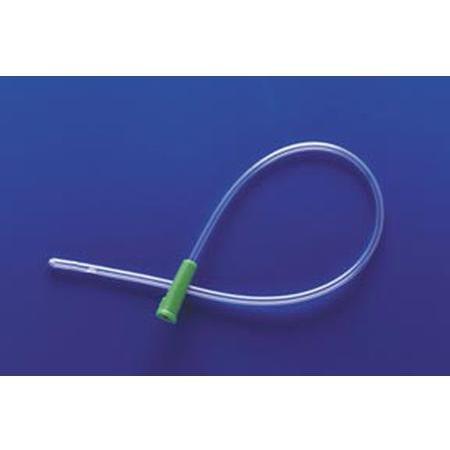
Well, there was absolutely nothing to it. In fact, I was elated. For the first time in a year my bladder was completely empty! What an odd sensation; I had completely forgotten what it felt like. In fact, it felt so good that, as I lay on my back on the exam table, I quietly thanked God as relief washed over me and my face, ears and pillow were soon soaked with tears. However, soon I realized that my work had just begun.
Without skipping a beat my new best friends, this very compassionate, little old English doctor and his nurse, who was obviously his right hand man, prepared to teach me how to perform this miracle for myself. Suffice it to say it was not easy, but I was determined to say the least, and this was, after all, my only recourse, the only way out. There was no pill I could take like I had seen on the television. I had none of those symptoms. They were as matter-of-fact as could be. The only solution to my problem was to learn the amazing art of self-catheterization!

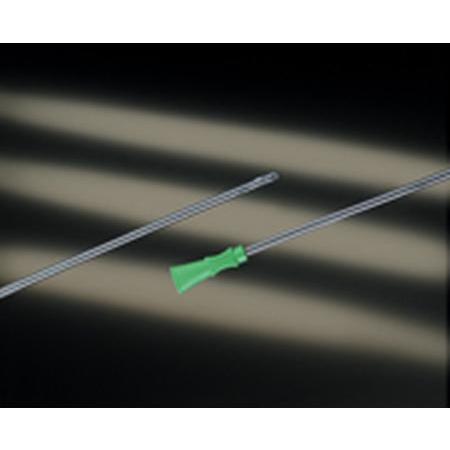
So, armed only with a prescription for catheters, I marched myself down the street to a nearby medical supply store for the purchase, as they are not the ordinary item you can obtain at the corner pharmacy. At first, learning to perform this procedure which was going to be carried out several times each day for the rest of my life seemed to be an insurmountable task. It literally took me hours to complete the first few times. I will spare you the frustrating, yet comical details, but as clumsy as my first attempts were, over the next couple of weeks I was able to master wielding 6” catheters like a real pro, soon accomplishing the task one-handed.
However, the next major challenge reared its ugly head in the form of a two year long series of urinary tract infections. Neither my doctor nor my nurse had shared any clear, well-established suggestions as to the way to store the catheter that was currently in use. It was the one thing they could not speak about from experience. The method of storage that was suggested to me was a wet method. I was instructed to wash the catheter well with hot, soapy water after each use, and leave it continually soaking in the pre-insertion antiseptic wipe solution. That all sounds good in theory, but to actually apply that method was inconvenient, to say the least.
FACT: Using a new catheter every time one urinates is ridiculously cost
prohibitive.
FACT: Inserting a catheter is mildly invasive and the issue of germs is always
at hand.
Fact: A povidone-iodine (antiseptic/germicide) solution, which is a
pre-surgical hand scrub, is the best choice for topical application to create a
germ-free area before inserting the catheter each time.
FACT: Daily washing and storing the catheter after each use holds the key to
avoiding germs, and thus, avoiding the urinary tract infections.
